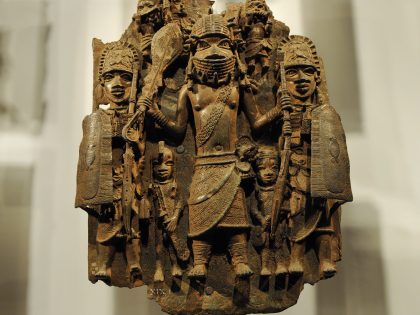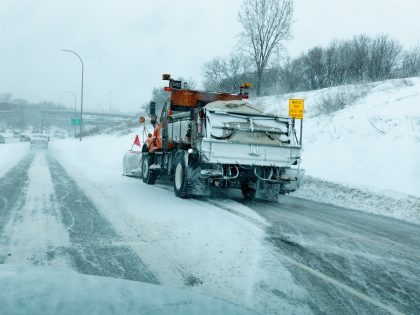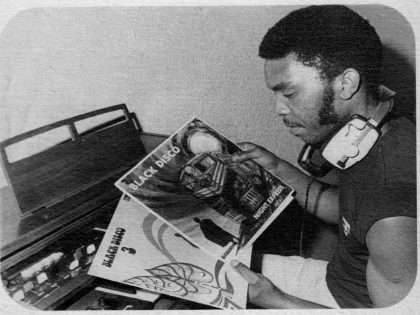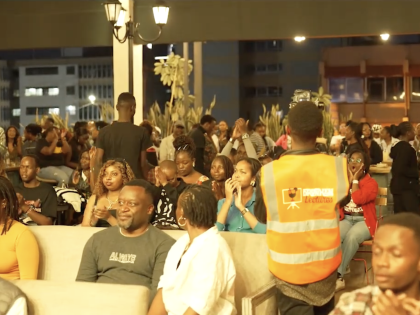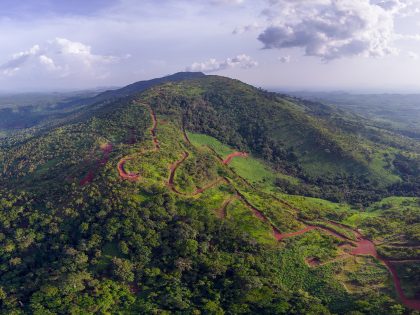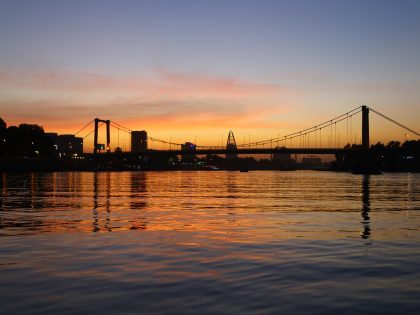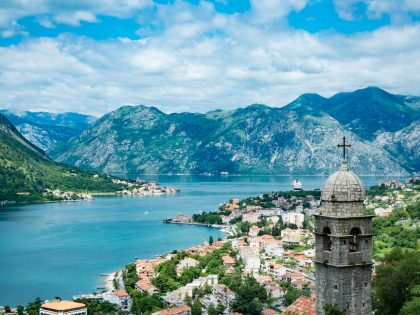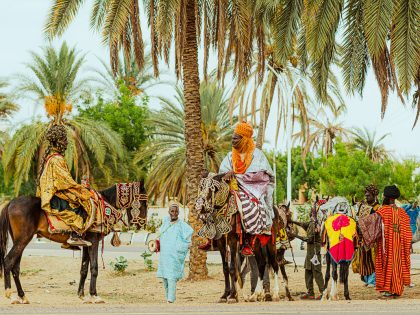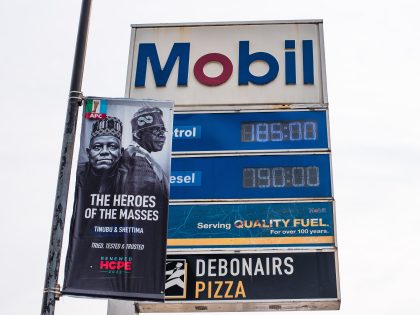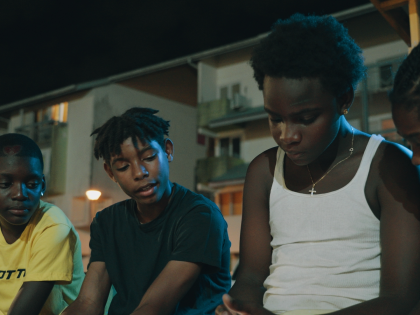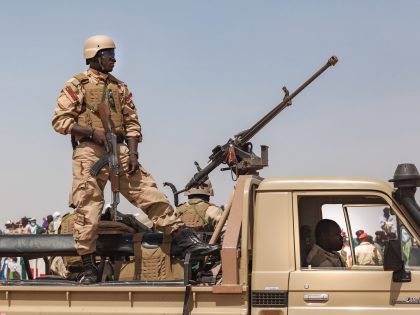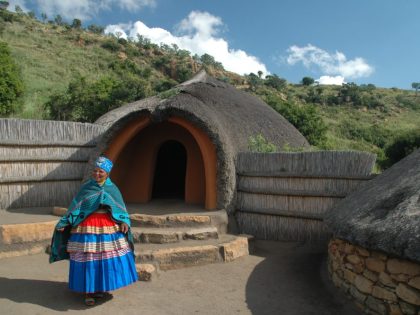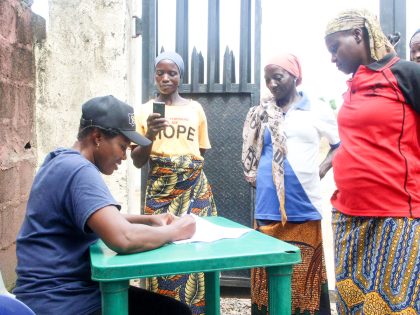Tuleka Prah’s African Food Map

The genesis of the idea was simple and uncomplicated. I was looking for a recipe online and was generally disappointed with what I found. Many links were unnecessarily verbose, cluttered in structure or layout and displayed alarmingly poor imagery. At the end of the day, I could not remember what I was searching for and instead found myself watching videos of animated dinosaurs. It was frustrating. So I decided there and then that instead of getting annoyed about it, I would see what I could do. Thus in 2012, I started a project called My African Food Map.
Like I mentioned earlier, this would be simple. I would make a website which would become a trusted reference point for popular African recipes. I thought, “The best way, of course, is to go directly to the source.” I would visit as many African countries as possible and find out what the four most popular dishes were. Then, I would take pictures of the finished meals and their ingredients, and post the recipes online.
All of it would be free to the reading public and as easily accessible as possible. I also thought, “Well, I’d definitely be interested in knowing how to prepare the dishes and in seeing how each stage of the cooking process looks. So, how about including a video for each featured recipe?” This is the process through which “My African Food Map” was conceived.
I could also break down the thought process of how I came to the idea of doing four dishes per country, with at least two months for featuring the details around the dishes; i.e. the country and the ingredients in their uncooked form, but I will not do that. We have only just been introduced and I do not want to geek out so early in our relationship.
All of these thoughts took place in the space of about 30 minutes. And so, as usual, I had an idea but no money and no realistic possibility of making it happen. It was the middle of spring of 2012. With these constraints, the best solution was to start off in a country where my accommodation would not be a problem and where I would have a family to fall back on in case of any emergency. My father is from Ghana and my mother is from South Africa, so those were the two countries I could start. I chose Ghana – another thought process referred to in an interview I did earlier this year.
In October of 2012, I put “My African Food Map” in the public domain for the first time. The period from then until the first video upload in January 2013 was a tough and exhausting period for me. I was using a camera I got a week before I left Europe for Africa, I paid for things using an overdraft I technically should not have had, and had to deal with the results of power cuts, internet problems and blown adapters from electrical surges. To top it all off, the individuals I wanted to interview to bring these dishes to life – the folks that would make the “my” part of My African Food Map – had very different ideas about keeping appointments, etc. Thinking about it now, I am amazed at the whole episode: Figuring out the camera, editing with a damaged computer – in the heat and with power cuts, and sticking to my film-edit-upload schedule; everything about this project has been a small miracle.
Now it is the beginning of summer 2013 and I am in awe of the fact that this idea now exists in “real life,” as well as at the growing and overwhelmingly positive support it has generated. Although I am very passionate about My African Food Map, the support I am receiving is the main reason I am motivated to continue. In many ways, I am still where I was last year this time: looking for funding or sponsorship and hatching plans to travel to the next country, with no idea of how this might happen. Determination and stubbornness obviously have a large majority in the parliament of my mind and so I know I will be in East Africa soon, learning and completing the next set of feature recipes.
I love food. I love African food, which I suppose you do too. So it is a great pleasure and honor for me to be able to share this project with you, and I only hope I can continue to stimulate excitement and curiosity for African food through more featured recipes, in the foreseeable future.
The sun is shining and my favourite park beckons, so I will end at this point. My next post here will be from Kenya.
